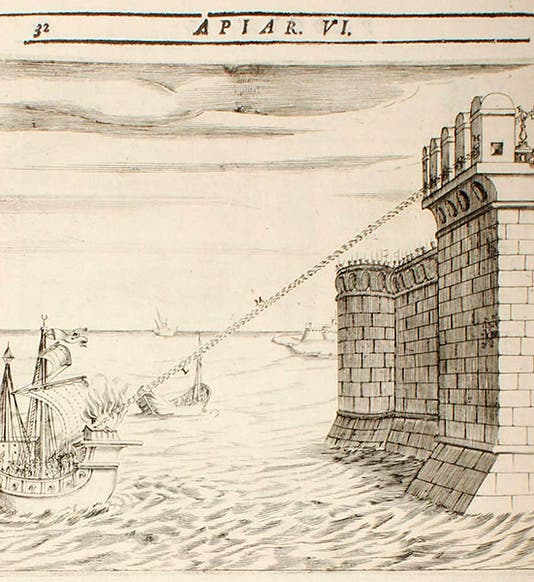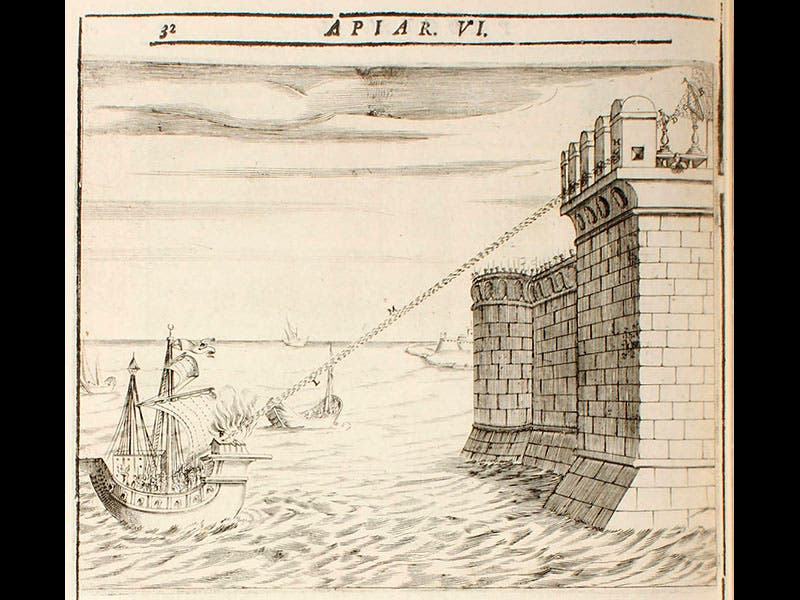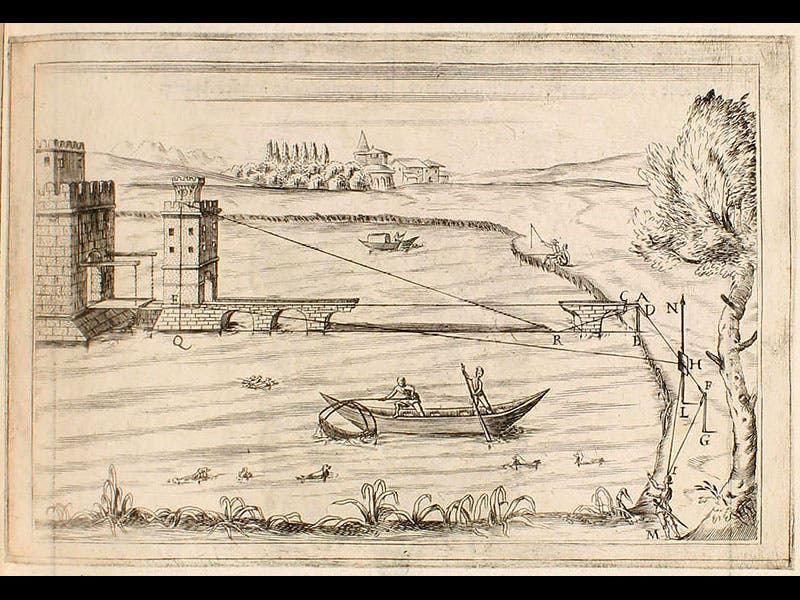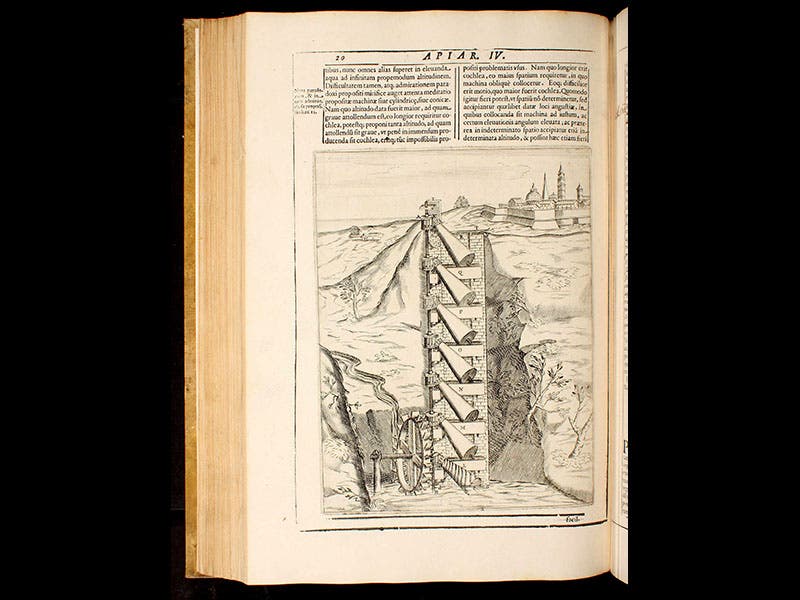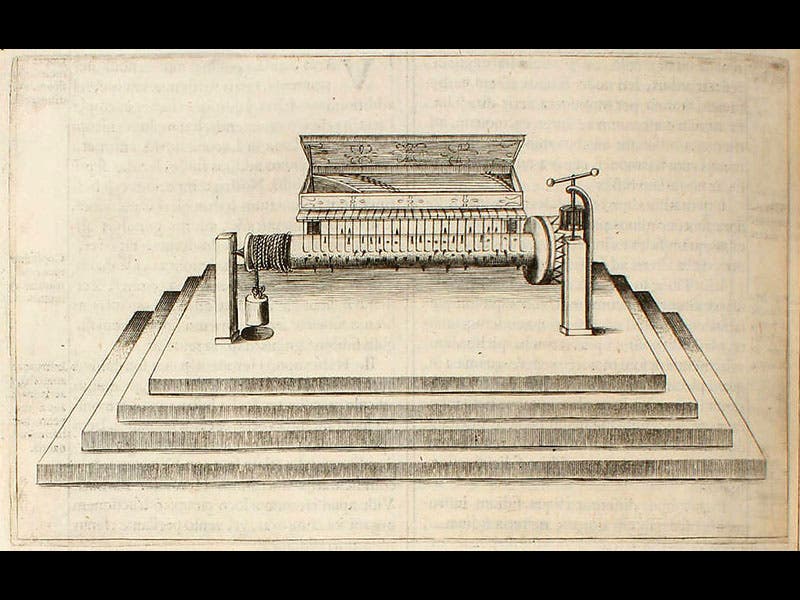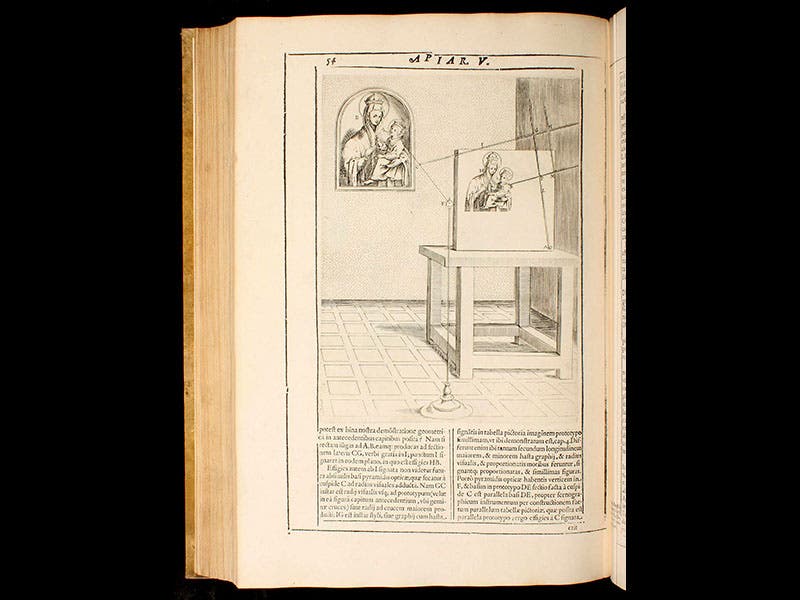Scientist of the Day - Mario Bettini
Mario Bettini, an Italian Jesuit natural philosopher, was born Feb. 6, 1582. Bettini was a publishing contemporary of the prolific Jesuit encyclopedists, Athanasius Kircher and Gaspar Schott, but he was really of another generation, being 25 years older. In fact, he was alive and scholastically kicking when Galileo published his Sidereus Nuncius (1610); Bettini was the author of an anonymous treatise that took issue with Galileo, especially his claim that there were mountains around the edge of the moon. Bettini's major published works, however, did not emerge until the 1640s, when he was in his sixties, and he published first Apiaria vniversae philosophiae mathematicae (Beehives of Mathematical Philosophy, 1642), and then his Aerarium philosophiae mathematicae (Treasury of Mathematical Philosophy, 1648) six years later. Both works (five volumes total) were typical Jesuit encyclopedias, in that they covered everything, were lavishly embellished with text engravings, a Jesuit specialty, and began with elaborate engraved title pages; we see that of the Apiaria above (second image). Bettini's Apiaria discusses and illustrates such matters as burning lenses (first image), surveying (third image), Archimedean screws (fourth image), and even a player clavichord (fifth image).
One of the interesting features of Bettini's scientific illustrations is that, whenever possible, they utilize religious subject matter for scientific ends. For example, Bettini invented a pantograph, or copying device, and when he shows it in operation, it is being used to copy a picture of the Virgin and Child. Kircher and Scott showed the same proclivity for Christological scientific illustrations in their works.
Our copy of Bettini's Apiaria came along for the ride when we acquired the Engineering Societies Library in 1995. It was one of the rarest books that we received from that acquisition, and we are very happy to have it. Out copy of Bettini's Aerarium, which we acquired more conventionally, came from the library of Harrison Horblitt, so it too has a distinguished provenance. It seems that Bettini has always kept very good company.
Dr. William B. Ashworth, Jr., Consultant for the History of Science, Linda Hall Library and Associate Professor, Department of History, University of Missouri-Kansas City. Comments or corrections are welcome; please direct to ashworthw@umkc.edu.

